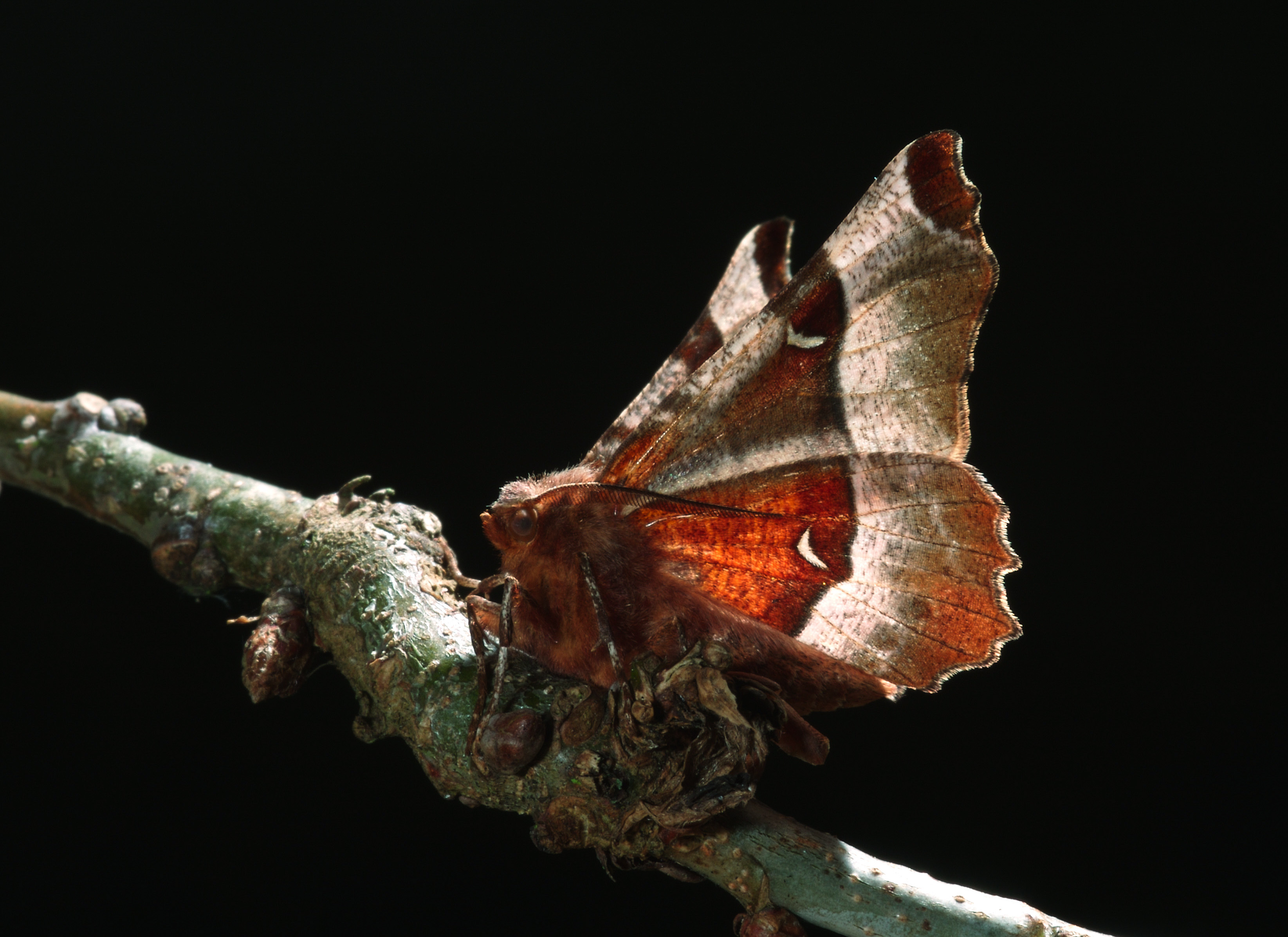With light pollution increasing each year, moths and other nocturnal insects are increasingly under threat. Let’s delve into the dangers of light pollution for moths.
In the UK, moth numbers have fallen on average by 33% since the 1960s. Habitat loss and climate change are major drivers in their decline, but light pollution is an increasing threat. Our research showed that moth caterpillar numbers under LED streetlights were 52% lower in hedgerows and 43% lower on grass verges compared to those which were unlit. But how exactly does light pollution impact moths?
Most of the UK’s moth species are nocturnal and fly at night. Light pollution disrupts their natural behaviour in a number of ways.
Many moths are drawn to sources of light, but artificial lights can be disorienting for them. Moths might spend a great deal of their energy getting to an artificial light, potentially taking them away from food sources or refuge. Once there, they may become confused and circle the light, which can leave them exhausted or trapped.
Artificial lights also make moths more vulnerable to nocturnal predators, like bats. Predators take advantage of their prey congregating in artificially high numbers, being more visible, disoriented or exhausted. This can lead to more moths being eaten than normal.
Exhausted or disoriented moths are also less able to carry out their usual behaviour such as feeding, breeding, or laying eggs, impacting their ability to thrive or even survive. Some moth caterpillars are also attracted to artificial light, again leaving them open to predation, taking them away from their food sources and leaving them exhausted. This could mean that day-flying species whose caterpillars are affected by artificial light are also at risk alongside nocturnal species.
Even dim artificial light in the form of skyglow can disrupt moth behaviour. Diapause induction is a process that moth caterpillars use to pause their development to wait for better conditions For example, waiting out the cold winter months. Excess light at night interferes with the visual cues that the caterpillars use to tell what season it is, confusing this process and leading them to develop in conditions that might be less ideal. All in all, artificial light can have a very negative impact on the health of moths and caterpillars, so minimising this wherever possible will have positive effects for wildlife.
Light pollution and artificial light may also impact the plants which many moth species rely on. Adult moths may not carry out their usual pollinating activities when drawn to artificial light, which could impact the plants their caterpillars rely on for food. Some studies also suggest that artificial light can affect the quality of the plants that caterpillars use for feeding and shelter. Changes in light conditions may alter the plants’ nutritional value which may affect the how well the caterpillars who eat it develop.
Not only does light pollution potentially mean fewer moths in future but also fewer birds, mammals, plants and countless other wildlife which relies on them. Light pollution threatens whole ecosystems.
To find out more about light pollution and steps you can take to reduce it at home, and to sign up for a free Guide to Light Pollution and Moths visit Join the Dark Side


